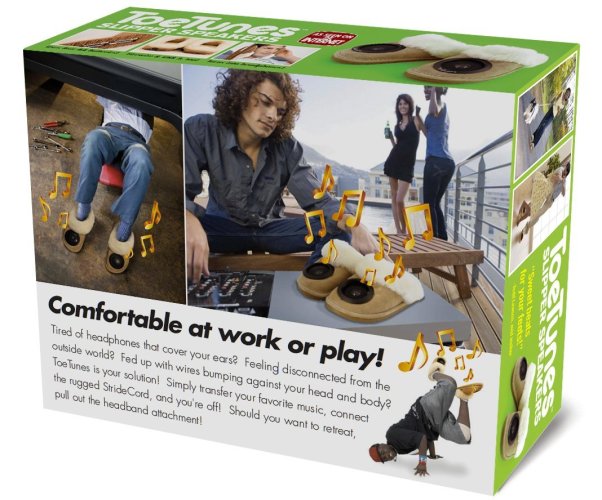old tech
500+ Head-Fier
I purchased a Naim NDX streamer 15 or so years ago. It was the quite expensive but I got it fairly cheap as a demo from a hi fi store that closed down. It was a nice solid unit and fairly advanced in features back then. I thought it was a superior product compared to other streamers. Fast forward a few years, a friend of mine purchased a fairly basic Bluesound $600 Node streamer and we decided to compare it with the Naim through a double blind test with a few other mates as well. We definitely could tell them apart (probably reflecting less than perfect controls) but the thing is we could not tell which was which or have an opinion which sounded better. Yet there are many on-line reviews of the that Naim NDX which use all that flowery language to describe the sound and concluding if you can afford it, it is $10,000 well spent. Go figure that!I did not know this. Then again, I wasn't into Naim products and never used them because they are too expensive for me.
Last edited:
















